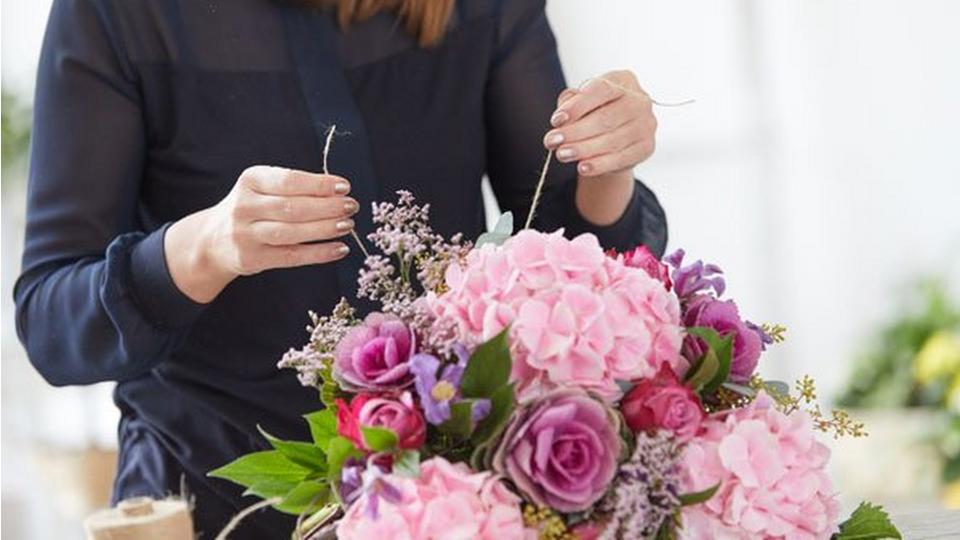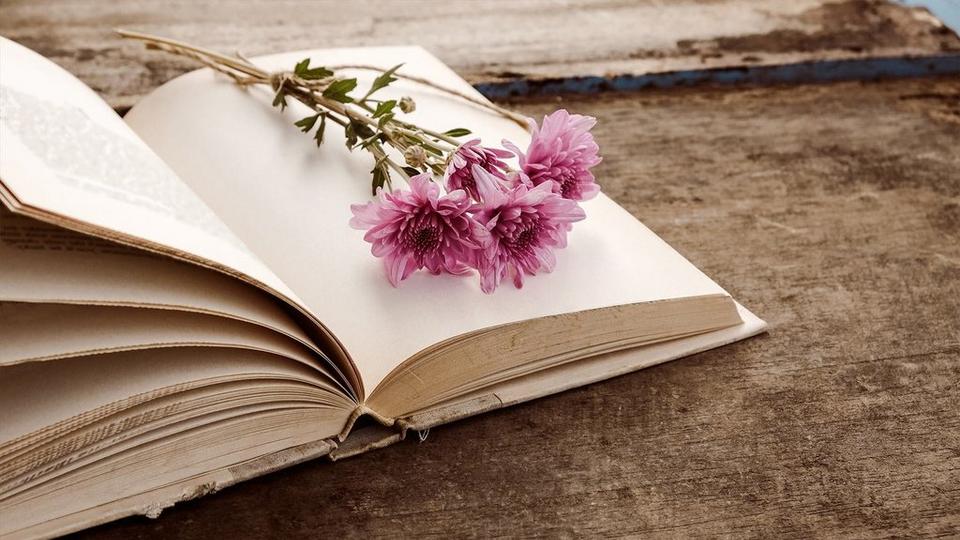Daffodil: Ultimate Flower Guide

On this page you’ll find everything you need to know about the narcissus - commonly known as the daffodil. Packed with meaning, symbolism, myth, legend and superstition, there’s a lot to learn about these beautiful springtime flowers.
The meaning of narcissus
-
Daffodils are some of the first flowers we see in springtime and are a great indicator that winter is over.
-
Because of this, they are seen to represent rebirth and new beginnings.
The daffodil also has a few other meanings that you might not be so familiar with:
-
In the UK daffodils are known as ‘lent lilies’ because they tend to bloom between Ash Wednesday and Easter.
-
Narcissi flowers are also seen to represent; creativity, inspiration, awareness and inner reflection, forgiveness, and vitality.
-
If you give a bunch of narcissi to a loved one it means ‘they’re the only one’ and is said to ensure happiness.
-
Some believe that the name narcissus is derived from the Greek word ‘narkao’ which means ‘to be numb’ due to daffodil bulbs being poisonous to animals.
There are a few different ideas surrounding where the name ‘daffodil’ comes from. One suggestion is that it is derived from the word Affodyle, meaning ‘that which comes early’.
Mythological meaning
A well- known myth surrounding the narcissus flower comes from Greek mythology. Narcissus was the son of the River God Cephissus and the nymph Liriope. He was an incredibly handsome young man who belittled those who loved him.
In the classic version of this tale by Ovid (a Roman poet), Narcissus was walking in the woods when a mountain nymph called Echo saw him. Attracted by his beauty she decided to follow him. When Narcissus shouted ‘who’s there?’ Echo responded by repeating his words back to him because that’s all she could do.
Eventually she decided to reveal herself and embrace him. He rejected her advances and told her to leave him alone. Heartbroken, she spent the rest of her life roaming the woods until nothing was left but the sound of her voice (an echo). Learning of this, Nemesis - the Goddess of Revenge - decided to punish Narcissus by drawing him to a stream where he saw his reflection. Unable to look away from such perfection, he fell in love with it.
When his love wasn’t reciprocated, he couldn’t bear to leave his reflection. After staring at it for a few days he grew exhausted, fell into the stream and drowned. It’s said that daffodils are called narcissus because they commonly grow on the banks of streams and rivers where Narcissus perished.
Some believe that the way daffodils bend their necks towards the ground symbolises Narcissus bending over to admire his image in the water, and this is why daffodils are sometimes said to represent vanity and unrequited love.
The psychological term narcissism also comes from this tale; to describe people who are attention seeking and have a high opinion of themselves.
What does narcissus flower symbolise?
Some cultures believe that daffodils bring wealth. In Wales it is said that those who see the first daffodil of the season invite wealth for the following 12 months. Similarly, in China, legend states that if a daffodil blooms in your garden on New Year’s Day your house will have good fortune for the rest of the year.
Most cultures celebrate the narcissus as a symbol of hope and joy, which is a big leap from Medieval times when Europeans believed that if a narcissus flower drooped as you looked at it was an omen of death. Another common belief is that giving a single narcissi can bring misfortune - so make sure you play it safe and always send a bunch. Luckily, that’s something we can help you with.
On a lighter note, daffodils are given to celebrate 10 years of marriage because they symbolise joy, cheerfulness and happiness. They’re also used as a form of payment on the Isles of Scilly where one is sent to Prince Charles each year to cover the cost of rent for any unattended land.
A few facts about the narcissus plant (daffodil)
Now you know what Narcissus means and symbolises perhaps you’d like a few facts too? use them, to impress your friends, and you never know thery might even help you win a pub quiz!
-
Narcissus is the birth flower for those born in March.
-
Daffodils are the National Flower of Wales and are worn each year on St David’s Day.
-
There are many colloquial names given to daffodils. Depending on where you are in the UK you’ll hear them called; Yellow Maidens, Butter and Eggs, Easter Roses and Daffodillies.
-
Narcissi were introduced to the UK in about 300 BC by the Romans who later inexplicably abandoned these blooms.
-
Narcissi sap contains calcium oxalate which forms little bundles of crystals in the leaves and roots to stop it being eaten by animals.
-
Daffodils are grown commercially in Wales where an alkaloid is extracted for use in Alzheimer’s medication.
Varieties of the narcissus plant
You might be surprised to learn that there are a whopping 13,000 varieties of narcissi and over 50 different species. All come from the Amaryllidaceae family and are available from November to May but peak between January and March.
Are narcissus and daffodils the same?
Yes. Daffodil is the common name for the narcissus plant. Any flower that is called a daffodil, jonquil or any of the colloquial names mentioned earlier come from the narcissus genus.
Narcissus care tips
Now you know all about narcissi flowers let us give you some tips on how to look after them:
-
Keep your pets away when planting narcissi bulbs because they are poisonous to animals.
-
Narcissus sap is toxic to other flowers. To avoid them damaging any other flowers in your vase, remove the daffodils, cut the stems and stand them alone in cold water for 24 hours before adding to the rest of your flowers.
-
You don’t need to use flower food with narcissi because it encourages more sap to flow.
-
Display your narcissi flowers away from direct sunlight and heat sources. Cooler spots are ideal for prolonging vase life.
-
Change the water every few days to prolong the life of the flowers. Daffodils tend to have a vase life of around 5 - 7 days.
Join Our Newsletter
You’ll get 15% Off Your First Order
Our emails are packed full of beautiful blooms, news and offers. We’ve also got lots of festive gifting ideas too!
We can’t wait to share our love of beautiful blooms with you.



